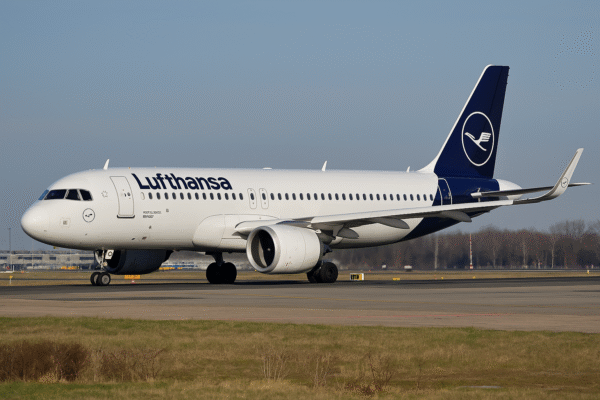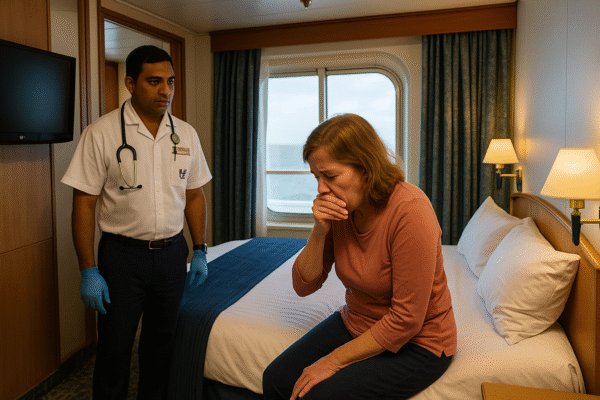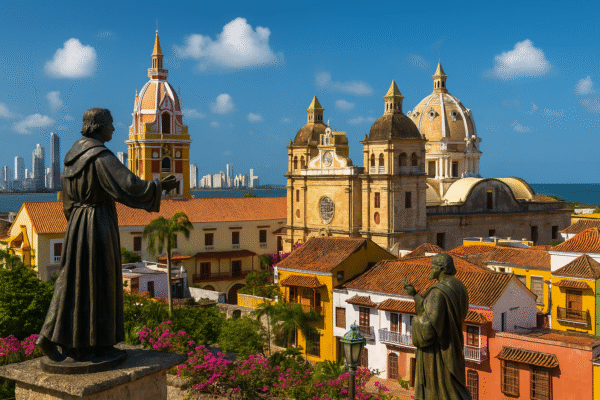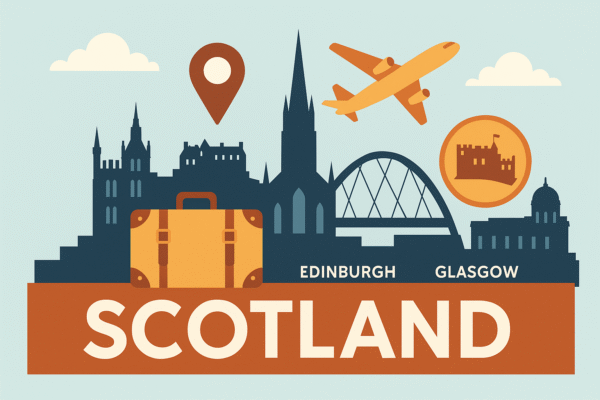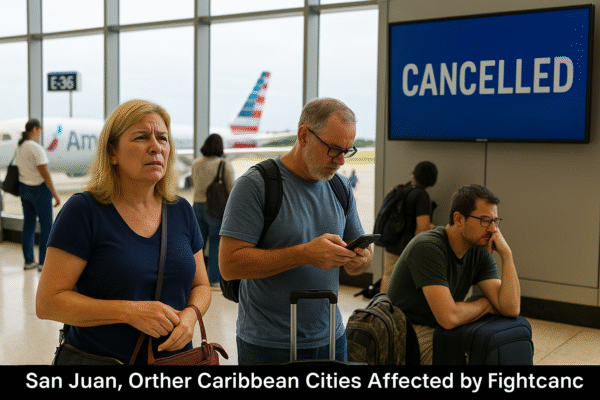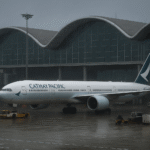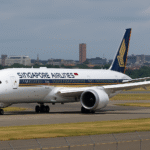Latvia’s aviation and tourism sectors are bracing for significant change as Ryanair prepares to end its flights from Riga to Cologne and Memmingen in October this year. For years, these affordable connections provided German visitors with easy access to Latvia’s vibrant culture, historic heritage, and unspoiled natural landscapes. Their removal underscores a deeper issue: the gradual reduction of budget-friendly links between secondary German cities and regional European destinations.
For German tourists, particularly those from Cologne and southern Bavaria, these direct flights represented an affordable way to discover Latvia. The cancellations risk diverting visitor flows either toward alternative destinations with better connectivity or to major hubs accessible via more expensive routes. This shift could have ripple effects on local tourism, hospitality, and cultural industries in Latvia that have traditionally benefited from Germany being one of its largest source markets.
AirBaltic Expands Berlin–Riga Route to Fill the Gap
In response, Latvia’s national carrier, AirBaltic, has stepped in to reinforce connectivity. The airline announced plans to expand its Berlin–Riga service, operating nine weekly flights during the summer 2025 season. This move partially addresses the void left by Ryanair’s retreat. Berlin, as a major hub, will likely attract passengers seeking onward travel across Germany and Europe.
However, AirBaltic’s model differs from Ryanair’s ultra-low-cost structure. While the expansion enhances frequency and convenience, it may not entirely satisfy demand from budget-conscious travelers accustomed to Ryanair’s cheaper fares. Industry observers suggest that further increases in frequency or new direct connections to other German cities might be necessary to preserve Latvia’s accessibility for German tourists.
Rising Costs for Budget Travelers
The withdrawal of Ryanair’s routes is more than a scheduling adjustment—it signals a challenge for travelers seeking affordable travel between Germany and Latvia. As competition decreases, airfares may rise, particularly on routes where AirBaltic faces little rivalry. Visitors from neighboring markets such as Poland and Belarus, who often used Ryanair to connect via German airports, will now face fewer low-cost alternatives.
For many short-haul tourists, higher ticket prices could act as a deterrent. This is especially concerning for Latvia, which has positioned itself as an accessible destination for weekend trips and short stays. Without low-cost connectivity, Latvia risks losing segments of travelers who prefer quick, budget-friendly getaways.
Latvia’s Tourism Strategy: Diversification is Key
Germany remains a vital source of visitors, but this shift highlights the importance of diversifying Latvia’s inbound tourism markets. Opportunities exist to target travelers from Scandinavia, the United Kingdom, and Southern Europe. With direct flights already in place to many of these regions, Latvia can strengthen promotional campaigns that highlight its unique offerings—UNESCO-listed Riga Old Town, art nouveau architecture, and nature-based experiences in Gauja National Park.
Additionally, eco-tourism and wellness tourism are gaining traction across Europe. Latvia, with its pristine forests, lakes, and coastline, is well-positioned to capitalize on this trend by marketing sustainable travel experiences to environmentally conscious visitors.
Building Alternative Routes and New Partnerships
Riga International Airport has long sought to establish itself as a regional hub, and this moment provides fresh impetus. Attracting additional carriers such as Wizz Air, Norwegian, or easyJet could re-establish affordable connections to Germany and beyond. Likewise, pursuing new long-haul partnerships could open routes to North America and Asia, expanding Latvia’s reach to global markets.
Beyond airlines, regional partnerships with Estonia, Lithuania, and Finland could support multi-destination tourism packages. By marketing the Baltic region as a cohesive travel experience, Riga can leverage its geographic position as a gateway to Northern Europe.
Innovation and the Future of Low-Cost Travel
The departure of Ryanair highlights the volatility of low-cost travel markets. To maintain competitiveness, Latvia must explore innovative solutions. This could include negotiating with new budget carriers to enter the market, developing incentives for airlines to operate underserved routes, and promoting rail connectivity for travelers combining Baltic capitals with German cities.
Such measures would not only sustain visitor flows but also strengthen Latvia’s resilience against future route changes by individual airlines.
Impact on Latvian Travelers to Germany
The changes also affect Latvian nationals who frequently travel to Germany for family visits, work, or leisure. Without Ryanair’s budget flights, Latvians will face fewer affordable travel options. The burden of higher costs may push travelers to seek connecting flights through other European hubs, extending travel times. To mitigate this, tourism stakeholders in Latvia may need to design cooperative packages with airlines and tour operators that keep prices competitive.
New Growth Avenues for Latvia’s Tourism Industry
While Ryanair’s cuts present immediate challenges, they also offer opportunities. Latvia can use this moment to shift emphasis toward higher-value tourism sectors. Luxury travel, cultural tourism, and adventure-based travel all present growth opportunities. Latvia’s extensive national parks, untouched coastline, and historic towns provide the foundation for unique, experience-driven tourism.
Investment in sustainable tourism infrastructure, along with stronger international marketing campaigns, could help reposition Latvia as a premium destination while still retaining its appeal as an accessible Northern European getaway.
Looking Ahead: Adaptation and Resilience
The withdrawal of Ryanair routes to Cologne and Memmingen marks a significant moment for Latvia’s tourism industry. Yet, rather than signaling decline, it offers a chance to innovate, diversify, and build stronger international partnerships. With AirBaltic stepping in, Riga Airport expanding its hub potential, and the tourism sector focusing on sustainability and market diversification, Latvia is well-placed to weather the transition.
By adapting to these changes, Latvia can safeguard its role as a vibrant and welcoming destination, ensuring it remains on the travel map for Germans and a wider global audience.
For more travel news like this, keep reading Global Travel Wire



